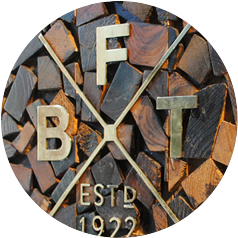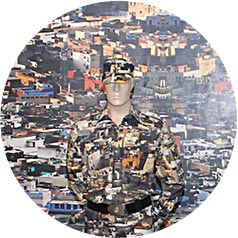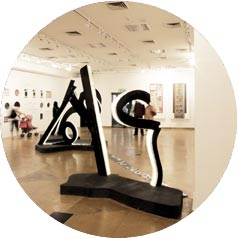Toeing the high line
An upright piano stands inconveniently at the park entrance. A sign on the piano announces that the musician obliviously playing a nondescript tune intends to take it to 100 locations in Manhattan this year. A scratched map records his journey through the city so far. Another sign declares to every passerby, “You owe it to yourself to do something Remarkable with your Life.” Aptly, perhaps unknowingly, the pianist sits today under one such remarkable achievement: the High Line.
The High Line Park in Manhattan’s Meatpacking District is not new. Stretching roughly 20 city blocks, this linear strip of park is somewhat over 6.5 acres in area. What is remarkable about it is not that it was built on an abandoned elevated railway line that has been out of use since 1988, but that it was conceived by two local residents, Joshua David and Robert Hammond, who founded a volunteer group called Friends of the High Line to prevent the tracks from being pulled down.
Ultimately the city joined in to promote an international competition that received 720 entries in 2003. Yet it was only in 2004, after much lobbying with the city, that Mayor Bloomberg granted this project $50 million and then invited design bids from architects and landscape designers. The shortlisted were displayed for community opinion before appointing Diller Scofidio + Renfro as architects of the project.
Much was made of the enormous investment, that has since grown to $170 million, into an area of Manhattan brusquely called the Meatpacking District. In 2009, deep within the recession, the park’s first phase opened. A district once dotted with slaughterhouses and manufacturing has transformed into a hotspot for the fashion and food industries. Boutiques, galleries, cafes and nightclubs have erupted overnight in this low-lying industrial quarter. Real estate prices have multiplied as developers use its convenience and recreational options — compared with otherwise dense Manhattan — to market their wares.
Tourist visits to the High Line are unprecedented, as it is both free and delightfully eclectic. The High Line shows off the city from a fresh vantage point. It received 3.7 million tourists last year, making it the most visited park, per acre, of the city! It hosts events for children, artists and stargazers, and sunbathers sprinkle themselves along the viaduct amid gelato-sellers, benches and wild flowers.
Paris built one earlier as the Promenade Plantee; Chicago and Atlanta want to mimic its success. The High Line has single-handedly regenerated a dying district — elevating Manhattan’s center of gravity, as it were. That a park can do such a thing is not what is remarkable but the fact that it is funded primarily (95 per cent) from the proceeds generated by the Friends of the High Line community, rather than the city. What is remarkable is not that it has spurred more than $5 billion in private investment and over 20,000 jobs in an economic slump, but that it started with the idea of reusing a railway track to grow a garden!
The point is not so much to start digging up our own derelict railways to transform them into gentrified vistas, but to step out of or even rise above our blind alleys and introspect about what matters and how much we deserve. We can easily draw transecting lines that connect the city with walking tracks, can convert our streets to corridors, reclaim local drains for rainwater, mutate our metro stations to markets and use our commercial office districts at night for recreation. More than innovative building, we need perhaps to recast what already exists.
It is hard to see what we typically dismiss as everyday grime, harder still to accept that it needs changing, and hardest of all to see within it a positive dimension. That it can be physically constructed or economically viable is no longer the question. The real question is, how high is the line we measure our civic lives with?
— Suparna Bhalla
Published on June 16th, 2012




























